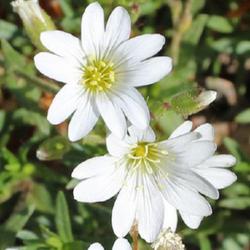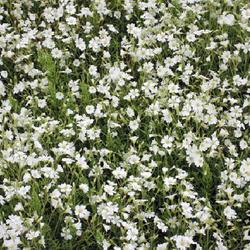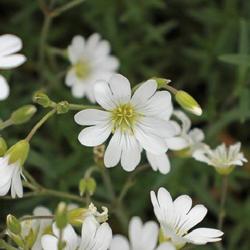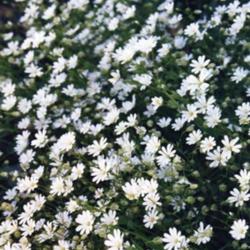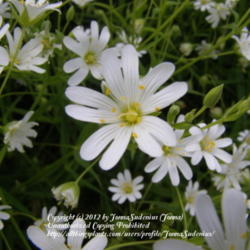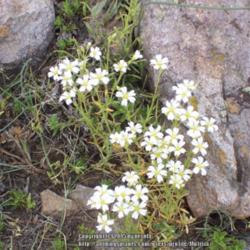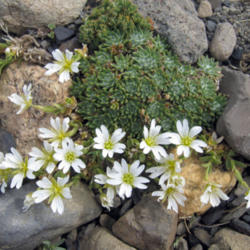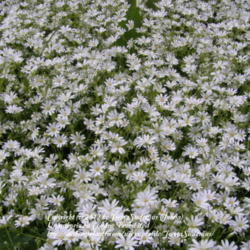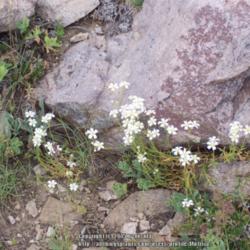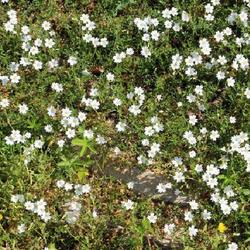General Plant Information (Edit)
| Plant Habit: |
Herb/Forb
|
| Sun Requirements: |
Full Sun
Full Sun to Partial Shade
|
| Water Preferences: |
Mesic
Dry Mesic
Dry
|
| Plant Height: |
20-30 cm |
| Plant Spread: |
if it gets room it will spread until you stop it |
| Leaves: |
Unusual foliage color
|
| Flowers: |
Showy
|
| Flower Color: |
White
|
| Flower Time: |
Spring
Late spring or early summer
Fall
|
| Uses: |
Groundcover
|
| Resistances: |
Drought tolerant
|
| Propagation: Seeds: |
Provide light
Self fertile
Suitable for wintersowing
Sow in situ
Start indoors
Can handle transplanting
|
| Propagation: Other methods: |
Cuttings: Stem
Division
Other: take cuttings in the spring
|
| Containers: |
Suitable in 3 gallon or larger
|
- Field Mouse-Ear Chickweed
- Field Chickweed
- Mouse-Ear Chickweed
Posted by
SongofJoy (Clarksville, TN - Zone 6b) on Feb 3, 2012 8:15 AM concerning plant:
There are around 100 species commonly called Mouse-ear chickweed; different species are found nearly worldwide but the greatest concentration is mainly in the northern temperate areas of the world.
Cerastium species are used as food plants by the larvae of some Lepidoptera species including Coleophora chalcogrammella which feeds exclusively on Cerastium arvense.
Posted by
Sharon (Calvert City, KY - Zone 7a) on Mar 17, 2012 1:06 AM concerning plant:
Chickweed is an excellent food source. It's rich in vitamins B, C and D. It can be snipped in small pieces and sprinkled on a salad or it can be pureed into a paste and used in soups, sauces or as pesto as well. It can be liquefied in a blender or juicer. Recipes are just a Google away.
It's also a soothing salve or lotion to use medicinally on bug bites or eczema, or as a poultice. It reduces itching and inflammation. I like keeping pots of it; it's much easier to have it ready for the kitchen without grasses mixed in with it.
« Add a new plant to the database
» Search the Chickweed Database: by characteristics or by cultivar name
« See the general plant entry for Chickweed (Cerastium)
« The Chickweed Database Front Page
« The Plants Database Front Page
